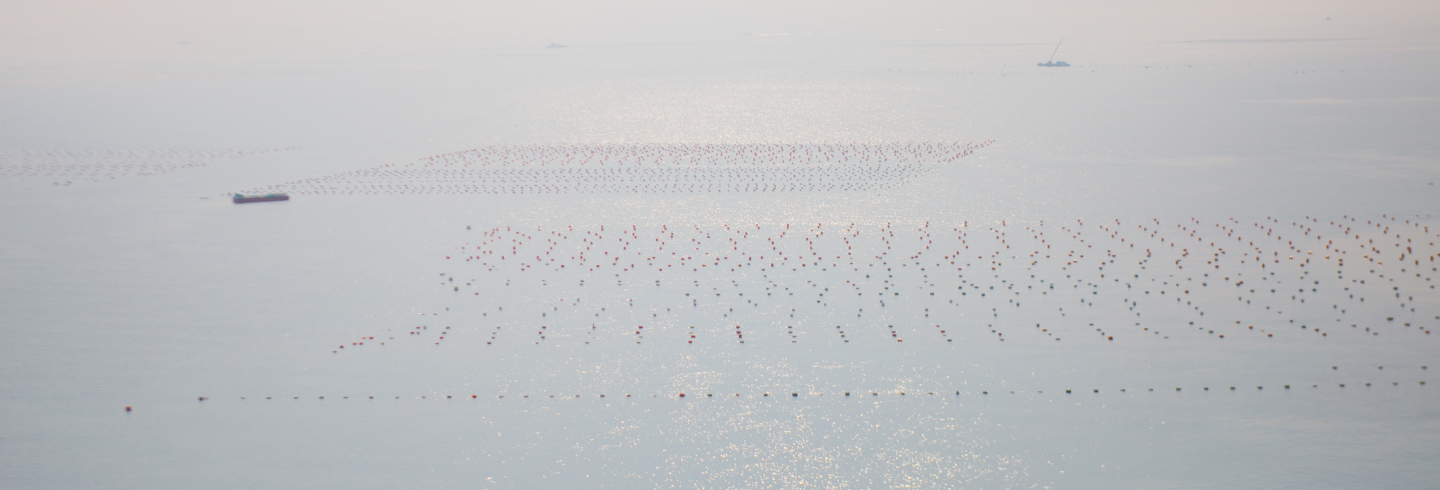
ABOUT
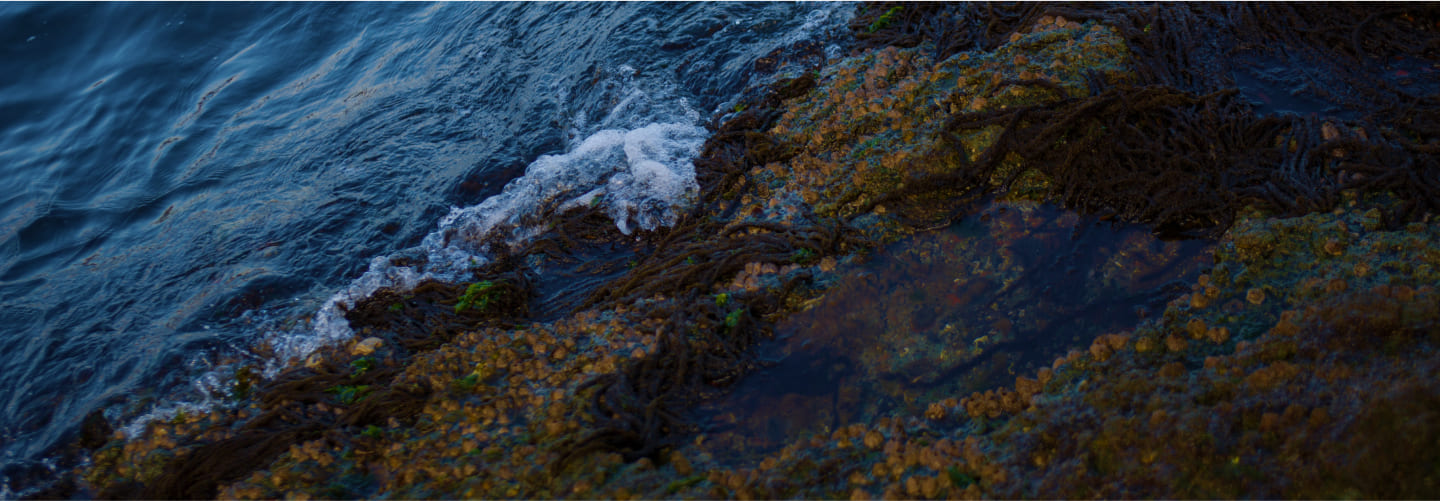
Turning local marine’s waste into eco gems
problem
Korea has the world's second-largest oyster production, 80% of which is produced in Tongyeong. However, in order to obtain 40,000 tons of oysters out of 350,000 tons of annual oyster production, as many as 310,000 tons of oyster shells are released as marine by-products, generating nearly eight times as much marine waste. Over the past 20 years, the oyster industry process has remained unchanged, and is now stacked at more than 1 million tons. There is no way to dispose of oyster shells properly, so we are discarding them in East Sea.mission
GREENOCEANS aims to protect the environment by providing fundamentally sustainable materials at the intersection of Environment, Design and engineering and proposing solutions using aquatic products as materials to help local ocean change become global.Certificates

Venture Company Confirmation
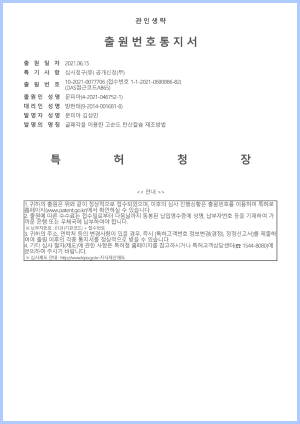
Domestic registration certificate process
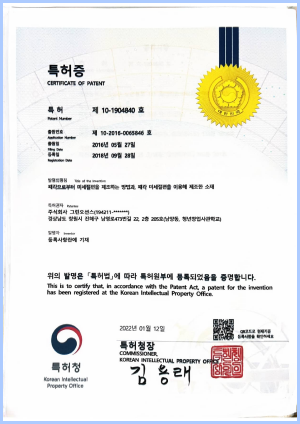
Domestic registration certificate material
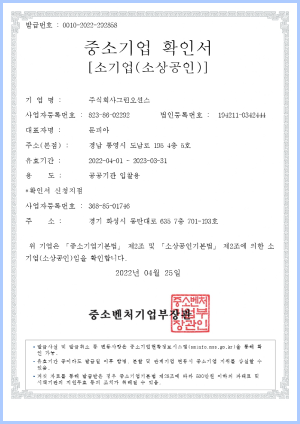
Certification of INNO-BIZ
What is green shell?

4 Main issues in the oyster industry
Awful Smell
.png)
Pest breeding
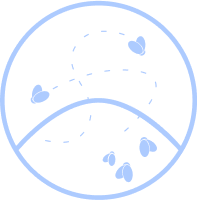
Release of leachate

Desertification
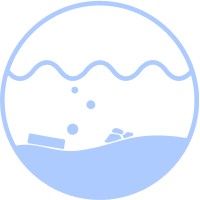
Why the oyster shell is Eco-gems?
Oyster shells are a sustainable and eco-friendly material that can be used in various applications, such as construction, agriculture, and art. By repurposing oyster shells, we can reduce waste and promote a circular economy.
01
Natural
No chemical treatment No artificial additives
02
Safety
Contains no artificial ad -ditives that are harmful to the human body
03
Immutable
Maintains color and aroma during processing
04
Sustainable
Recycled by-products of fish-eries that occur continously every year from oyster farming
of Carbon Absorption
Blue Carbon vs. Green Carbon
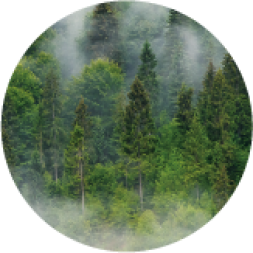
6 ton
Green carbon
wood carbon absorption 1 hectare, 3000 trees
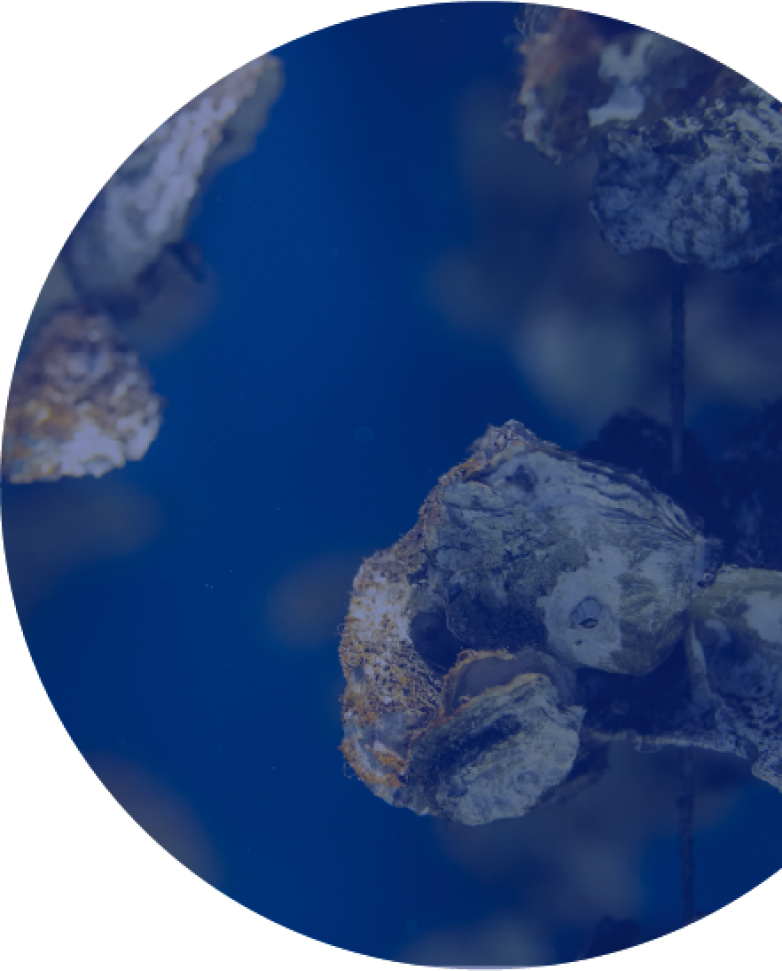
61 ton
Blue carbon
Oyster carbon absorption
1 hectare, 20s in a row
Oysters purify 5L of water per hour as they grow. It also collects carbon dioxide to purify pollutants in the sea and grow shells up to 200 liters per day.
10 times
(on a 10-year, 1-hectare basis)
Comparison of the Carbon Absorption in Oysters and the Carbon Absorption in Forests
Social Value
GREENOCEANS Sustainable Development Goals